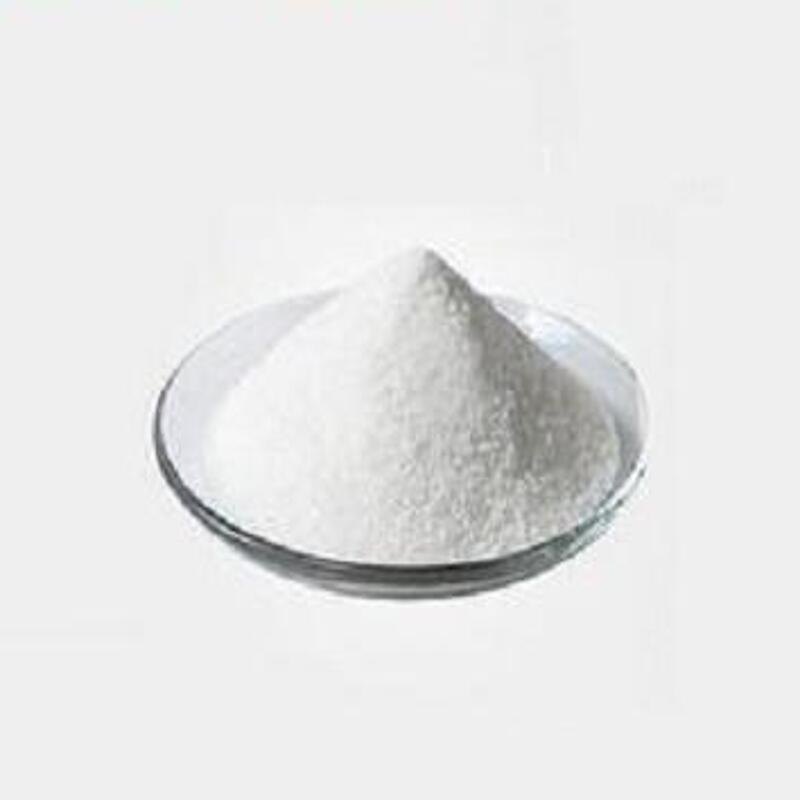-
Categories
-
Pharmaceutical Intermediates
-
Active Pharmaceutical Ingredients
-
Food Additives
- Industrial Coatings
- Agrochemicals
- Dyes and Pigments
- Surfactant
- Flavors and Fragrances
- Chemical Reagents
- Catalyst and Auxiliary
- Natural Products
- Inorganic Chemistry
-
Organic Chemistry
-
Biochemical Engineering
- Analytical Chemistry
-
Cosmetic Ingredient
- Water Treatment Chemical
-
Pharmaceutical Intermediates
Promotion
ECHEMI Mall
Wholesale
Weekly Price
Exhibition
News
-
Trade Service
Instructions for Starch Production in the Chemical Industry: A Comprehensive Guide
Starch is a naturally occurring carbohydrate that is produced by many plants, including corn, potatoes, and rice.
It is widely used in the chemical industry for a variety of applications, including as a food additive, a stabilizer in cosmetics, and as a source of renewable energy.
The production of starch involves a number of steps, and it is important to follow specific instructions in order to ensure that the starch is of the highest quality.
Step 1: Selection of Raw Materials
The first step in the production of starch is the selection of suitable raw materials.
The most common sources of starch are corn, potatoes, and rice, and it is important to choose a raw material that is of high quality and free from contaminants.
The raw material should also be stored in a dry, cool place to prevent the growth of bacteria and the degradation of the starch.
Step 2: Washing and Peeling
The next step in the production of starch is the washing and peeling of the raw material.
This is done to remove any dirt or debris that may be present on the surface of the raw material, as well as to soften the skin of the potato or other plant.
The raw material is then passed through a series of rollers or brushes to remove any remaining dirt or debris.
Step 3: Grinding
The next step in the production of starch is the grinding of the raw material.
This is done to break down the raw material into smaller pieces, which will be easier to process.
The raw material is passed through a series of rollers or mills to break it down into smaller pieces.
The size of the pieces will depend on the specific requirements of the production process.
Step 4: Pulverization
The next step in the production of starch is the pulverization of the ground raw material.
This is done to further break down the raw material into smaller, more uniform pieces.
The raw material is passed through a pulverizer or other similar equipment to achieve this.
The resulting powder is then dried to remove any moisture that may be present.
Step 5: Hydrolysis
The next step in the production of starch is the hydrolysis of the powdered raw material.
This is done to break down the starch molecules into smaller, more easily digestible pieces.
The powdered material is passed through a series of tanks containing a mixture of water and enzymes.
The enzymes work to break down the starch molecules into smaller pieces, which are then separated from the water and further processed.
Step 6: Separation
The next step in the production of starch is the separation of the starch molecules from the other components of the raw material.
This is done using a centrifuge or other similar equipment.
The resulting starch is then dried to remove any moisture that may be present.
Step 7: Purification
The next step in the production of starch is the purification of the starch.
This is done to remove any impurities or other contaminants that may be present in the starch.
The starch is passed through a series of filters or other similar equipment to remove any impurities.
The purified starch is then dried to remove any moisture that may be present.
Step 8: Granulation
The final step in the production of starch is the granulation of the purified starch.
This is done to form the starch into granules, which are easier to handle and process.
The purified starch is passed through a series of rollers or other similar equipment to form the granules.
The size and shape of the granules will depend on the specific requirements of the production process.
Conclusion
The production of starch involves a number of steps, and







